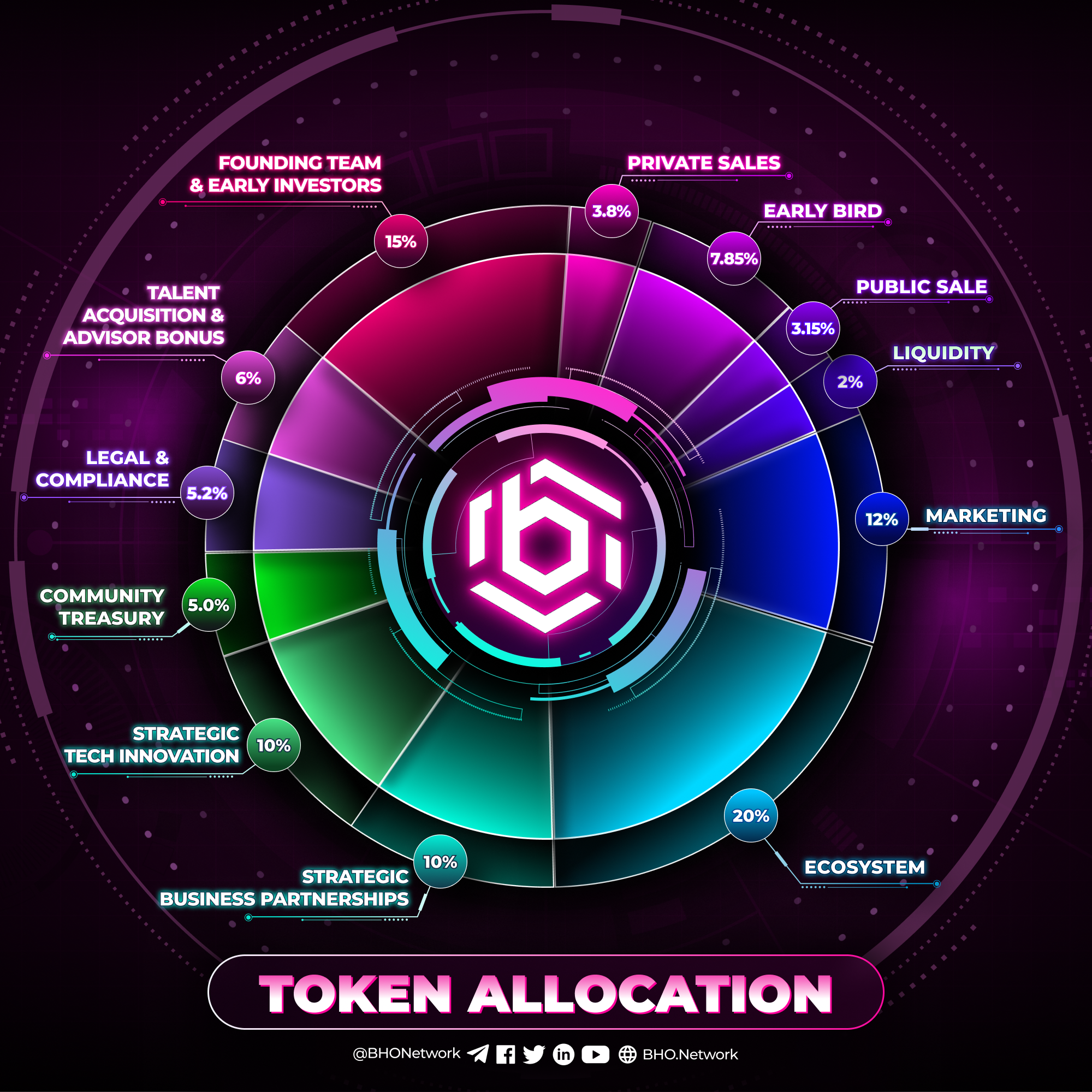Is it safe to store Crypto on exchanges?
- Which is the more optimal solution?
- Users lose their autonomy
- Unexpected incidents
- Trading exchanges' tricks
- Summary
Users' crypto assets are only truly safe when they decide to choose the right place to store them. There are two most popular ways for investors to do this process: centralized wallets (exchanges) and decentralized wallets.
Which is the more optimal solution?
When users leave their funds on an exchange, it is considered a lien because they will entrust security measures to the exchange. For centralized wallets, users keep their funds in a wallet that only they can access, independent of third parties and can eliminate platform risk. Both of these methods have different advantages and disadvantages.
However, centralized wallets are more dominant with their own outstanding advantages. For an overview and to dig deeper into why we should use a decentralized wallet to store cryptocurrencies. We invite you to read the detailed article below:
However, in reality, the majority of users in the market are still placing their trust in their assets on exchanges. Therefore, within the scope of this article, the BHO Network team will bring the most specific analysis of the risks when we use exchanges as a place to store crypto.
Users lose their autonomy
Every cryptocurrency has two keys including public key and private key. Public key is like a wallet address, used when someone wants to send us money. On the other hand, a private key is the same as a password for a wallet. Users need to enter a password every time they want to access their assets. This key ensures that only the verified user has the rights to access the wallet.
However, when it comes to exchange-provided wallets, the user's private key is also known to the exchange. Simply log in to the exchange and the user will be given another private key by the exchange after verifying the relevant details. Therefore, the exchange has full control over the user's private key.
Therefore, this is a huge threat to the sustainability of user assets. In the past, there was an event that shocked the global technology world on this issue. In 2019, the CEO of the QuadrigaCX exchange suddenly passed away, resulting in the loss of the private keys of thousands of users. Investors allegedly lost access to up to $190 million worth of cryptocurrencies. The mysterious death of CEO QuadrigaCX was also turned into a movie by Netflix this year.
Unexpected incidents
In some volatile cases, exchanges may freeze or block users' wallets. This often happens without much warning and can be frustrating for investors. Wallets are frozen if there is some fraudulent activity on the platform or liquidity jam leading to bankruptcy. Therefore, if you are using an exchange as a place to store your assets, you should be prepared that your account can be lost at any time.
For example, Binance, one of the largest cryptocurrency exchanges in the world today, blocked the accounts of some customers from late 2020 to mid-2021. Their development team didn't even explain the reason behind this scene. Back in 2020, many users also accused the number one US exchange Coinbase of freezing wallets during the kick-off phase of Bitcoin's bull cycle.
The current growing liquidity crisis of cryptocurrency lending platforms is also having a heavy impact on most popular crypto exchanges today such as Binance, FTX, Coinbase, etc. The opening for this event is the KuCoin exchange.
There have been many rumors suggesting that KuCoin will likely be the first exchange to block users from withdrawing because of liquidity pressure. Although KuCoin CEO - Johnny Lyu has spoken up, such efforts do not seem to be enough to satisfy users.
Not only KuCoin, recently, CEO Kris Marszalek of another tier 1 exchange - Crypto.com also had to directly reassure Crypto.com’s users that they will not implement withdrawal restrictions during this severe recession.
In general, despite the constant publicity of positive information from the leaders about the smooth withdrawal of money on exchanges, it must be admitted that if the liquidity situation continues to get worse, users will not have any reliable basis on which they can still bet their entire assets with confidence on the exchange.
Trading exchanges' tricks
The existence of user assets stored on exchanges has always been a huge question mark behind the escrow issue. Following a post by Coinbase Chief Legal Officer - Paul Grewal on June 2, he explained Coinbase will not use user assets without customer consent.
This means that Paul Grewal wants to emphasize the reality that many other financial institutions and exchanges are using user funds on the exchange to profit, unlike Coinbase, which always guarantees 1:1 client assets with company reserves.
From the above point of view, it is conceivable that the assets we leave on the exchange can simply be a display number, not carrying real value. Because the exchange will use that money and send it to lending protocols to earn profit at a high annual rate of return (APY) and leveraged trading in the derivatives market.
This is extremely dangerous because if the market conditions turn bad, asset liquidation and liquidity pressure will cause the exchange to default and user assets are unlikely to be compensated or, more seriously, completely. disappear.
On the other hand, the exchange also has its own tricks to create liquidity in favor of the exchange and squeeze user assets. Typically, on May 13, after many days of LUNA and UST continuously plummeting without stopping, Binance announced to cancel spot, margin and futures trading for LUNA, leaving only the spot pair LUNA/BUSD and UST. /BUSD. However, just a few hours later, Binance suspended both LUNA and UST trading pairs on the spot.
This action is seen as Binance wants to create more liquidity for BUSD, as it is a stablecoin backed by the exchange and maintains trading volume for LUNA and UST to collect additional user fees, as at that time, the volume of LUNA/UST is very large. But at the same time, it also causes a deadlock for the assets of investors holding LUNA/UST who want to get out of the crisis. Because the trading pair through the world's largest stablecoin USDT has been blocked. From that, it is inferred that Binance has partly caused users' assets to suffer heavy losses just for their personal gain.
For Coinbase, as part of an effort to regain the momentum of business growth due to recent losses, Coinbase has really lost itself when continuously listing a series of low-quality tokens for the purpose of creating more trading liquidity for the exchange. This will certainly cause great doubt in terms of trust for user assets placed on Coinbase because a leading US exchange like Coinbase is in such a state of stalemate that it has to resort to a solution of bluff listing to revive liquidity.
Finally is FTX. It is easy to see that FTX always follows the plan to list tokens according to the derivative model first and then the spot. The reason for the above strategy is simply that FTX wants to take advantage of their exchange to hedge before listing the spot for investors in order to bring as much profit as possible to the exchange, and of course user assets will also be significantly affected by this trick.
To simply describe this process, we will take the example of token A. First, FTX will list token A to be traded on the exchange's derivatives market. When a user joins long/short for token A, the data will be controlled by FTX which can determine the dominant side. From which, FTX will place the opposite position. For example, if the long side prevails, FTX will short and vice versa.
FTX will hedge by buying A in advance in large quantities to start listing the spot. Once the spot is listed, depending on the long or short position as described above, FTX will execute buy/sell on the spot to push the price up or down, thereby influencing the derivatives market to liquidate all investors who are dominating, bringing huge profits to the exchange. As a result, users' assets on the spot market are also not guaranteed, as there is a high probability that these trading pairs will be delisted or illiquid.
Summary
Through the data analyzed in the article, BHO Network team hopes to fully convey the necessary knowledge about the risks of storing cryptocurrency on the exchange, especially in the context of the current chaos, helping users make the best decision to ensure the safety of their assets.
Thank you!
Published on July 07, 2022
Tagged topics







